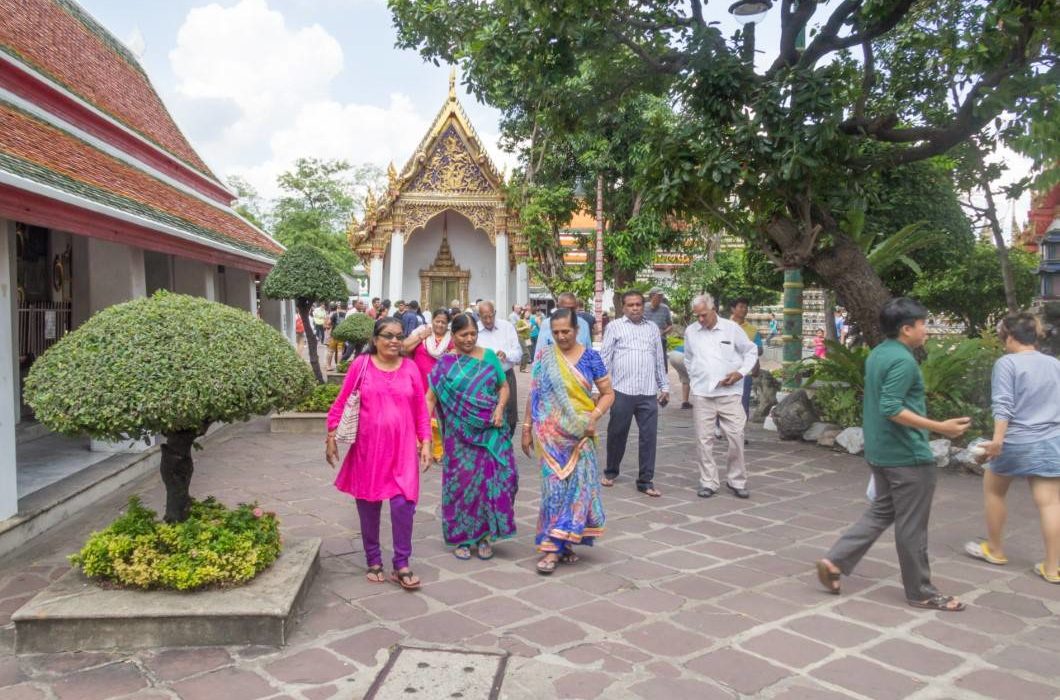
You might also like:
For Thailand, the Indian source market has many similarities with the Chinese market: approximately the same population, geographical proximity, and sustained economic growth.
While Thailand is seeing less growth in its inbound tourism, the sector expects to benefit more from the growing potential of the Indian market.
Even though this year, there should “only” be about two million travelers coming to Thailand, the number of Indian tourists is expected to grow rapidly and exceed 10 million by the end of the next decade, according to the TNN agency. These predictions are based on the fact that today, only 5% of India’s 1.3 billion inhabitants have a passport.
In addition, the Indian tourists are rather spendthrift: they spend 5,800 baht (about 172 Euros) per day on average. That’s almost as much as the Chinese, who spend 6,400 baht (about 190 Euros) a day and still by far are the largest foreign exchange earner for Thai tourism.
Indian tourism – particularly independent travelers, whose families account for 67% of arrivals – has increased by 25% in recent years. Last year, there were 1.59 million visitors to Thailand from India – and this year there should be 2 million. Beaches, theme parks, and zoos are the main attractions for travelers arriving from the subcontinent.
The Indian market has many similarities with the Chinese market: tourists from these two countries can travel to Thailand in 3 to 4 hours by plane. India and China have about the same population and have experienced very dynamic GDP growth over the last decade. For example, some 600 million Indians currently under the age of 25 could make an important contribution to the future of Thai tourism.
The mixture of Hinduism and Buddhism is intrinsic in Thailand, all the mythology of the Kingdom being based on an alliance of these two religious systems, although the country officially follows the line of Theravada Buddhism.
The national emblem of Thailand (Phra Khrut Pha), which can be found on all official documents (passports, banknotes, almost all documents published by the government), represents the bird-man Garuda who is also the mount of the god Vishnu in Hindu mythology.
The links of Thailand with Hinduism are ancient, following the Indianisation of Southeast Asia and the successive domination of these countries by the Dvāravatî, Khmer and Thai civilisations. Bangkok has a fairly large number of temples devoted to the Hindu religion. The Thai authorities are thus very optimistic and expect steady growth in the number of Indian tourists coming to the kingdom.
Source: tourism-review.com



